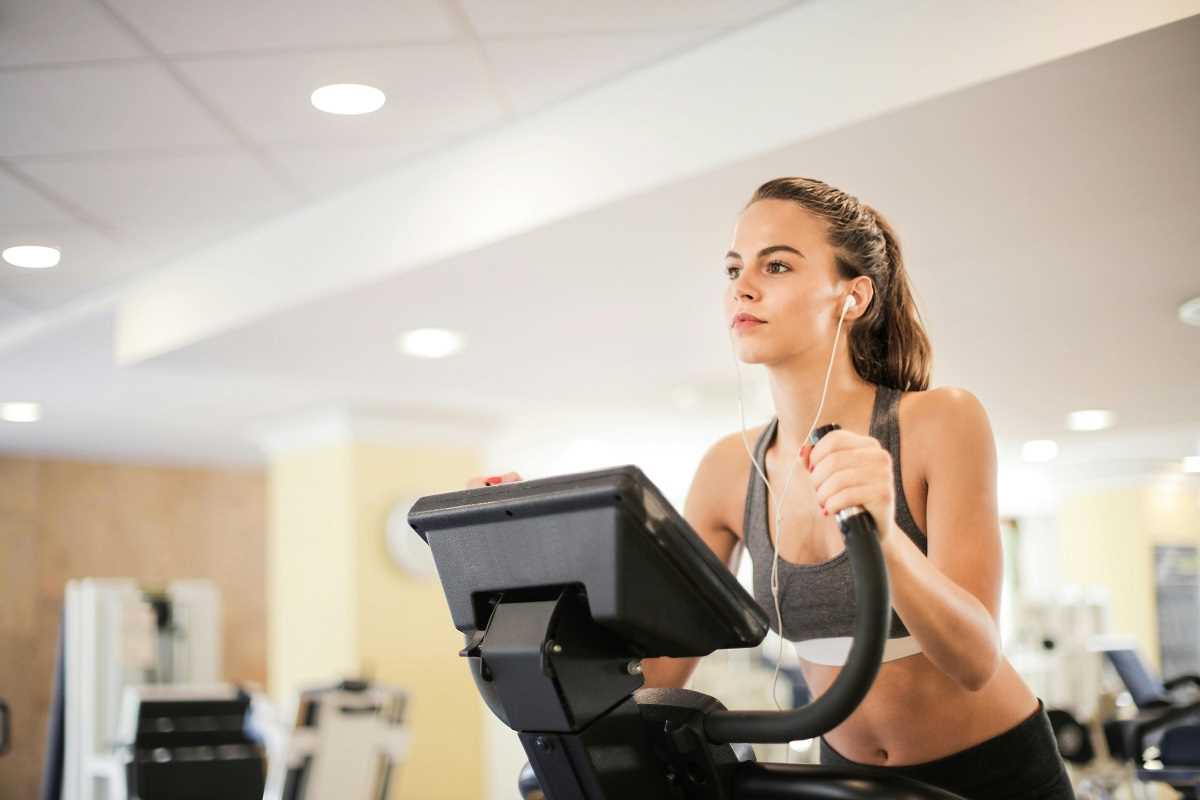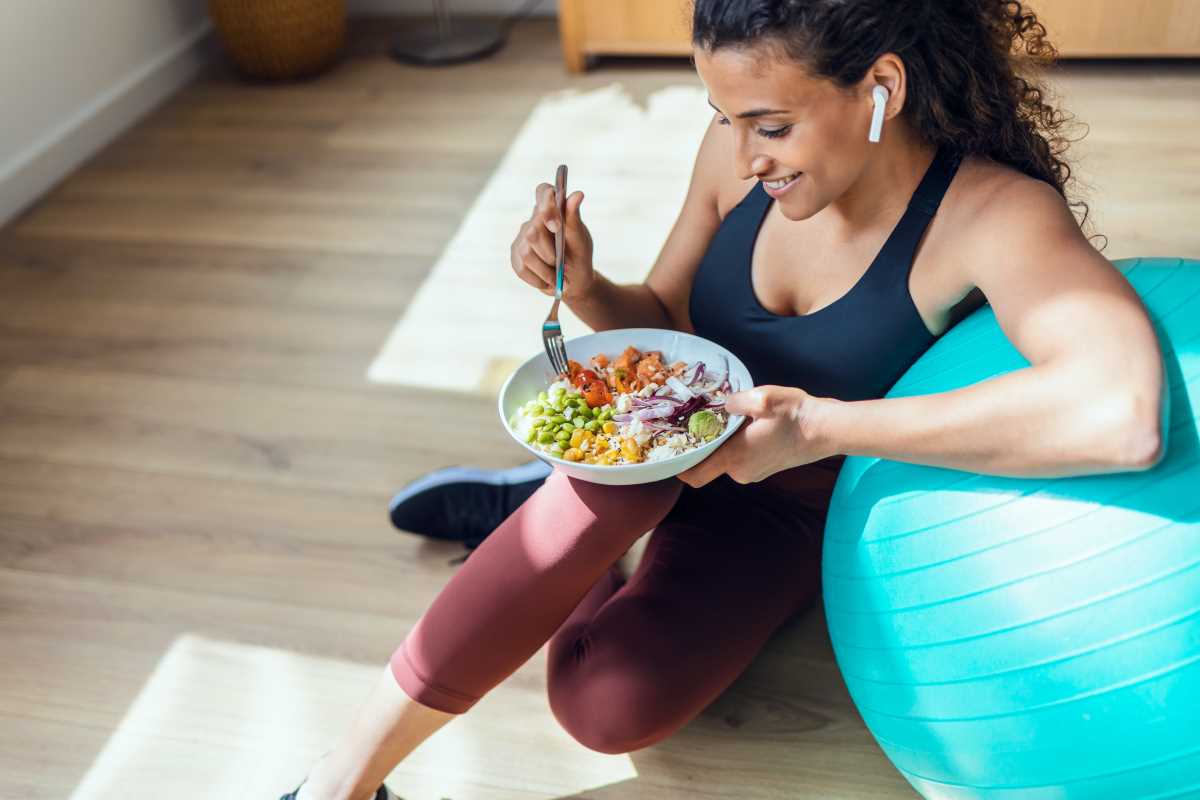Biohacking, the practice of making incremental changes to your lifestyle to improve your health and well-being, is an exciting frontier in personal wellness. It empowers you to take control of your own biology, but with great power comes great responsibility. Exploring the world of biohacking without a solid understanding of safety is like navigating a new city without a map—you might eventually find your way, but you could also take some unnecessary and risky detours. This guide is here to provide that map, focusing on community-driven safety standards and low-risk protocols you can start with today.
Why Safety First is the Ultimate Biohack
The core principle of biohacking is optimization. Whether you're aiming for better sleep, sharper focus, or increased physical performance, the goal is always improvement. However, any potential gain is immediately cancelled out if you harm yourself in the process. True optimization isn't just about reaching a new peak; it's about building a sustainable, long-term foundation for health. Pushing your body too hard, too fast, or with unverified methods can lead to setbacks that are far worse than your starting point.
Think of your body as a complex and finely tuned system. When you introduce a new variable—be it a supplement, a diet change, or a new technology—you're testing how that system responds. A safe approach involves making one small, controlled change at a time and carefully observing the results. This methodical process allows you to isolate what works and what doesn't. If you try five new supplements and a new workout routine all at once, you’ll have no idea which element is causing a positive or negative effect.
This measured approach protects you from unintended consequences. Some biohacks, especially those involving supplements or extreme protocols, can interact with medications, existing health conditions, or even each other. What works wonders for a biohacking influencer might be ineffective or even dangerous for you. Your unique genetics, lifestyle, and health history are crucial factors. Safety isn't about limiting your potential; it's about ensuring your journey toward it is both successful and sustainable.
The Unwritten Rules: Community Standards in Biohacking
The biohacking community is a vibrant, global network of experimenters, citizen scientists, and health enthusiasts. While there's no official governing body, a set of informal standards has emerged to promote responsible experimentation. These unwritten rules are the bedrock of safe biohacking.
1. Research, Research, Research
The most fundamental standard is to do your homework. Before you try anything, you should understand the "why" behind it. What is the proposed mechanism of action? What does the scientific literature say? Are there studies—preferably on humans—that support the claims? Be critical of your sources. A company selling a product has a vested interest, while a peer-reviewed scientific journal offers a more objective perspective. Look for consensus, but also pay attention to dissenting opinions to get a full picture of the potential risks and benefits.
2. Start Low and Go Slow
This principle applies to almost every biohack, from supplements to fasting protocols. When introducing something new, begin with the lowest effective dose or the least intense version of the practice. For a supplement, this might mean starting with half the recommended dose to see how your body reacts. For intermittent fasting, it could mean starting with a 12-hour fast instead of jumping straight into a 24-hour one. This approach minimizes the risk of adverse effects and gives your body time to adapt. You can always increase the intensity or dosage later, but it's much harder to undo a negative reaction.
3. N=1: You Are the Experiment
In science, "n" refers to the sample size of a study. In personal biohacking, your sample size is one: you. This concept, known as "N=1," is a reminder that individual results will vary. Just because a specific hack worked for thousands of people doesn't guarantee it will work for you. Your unique biology is the ultimate determining factor. This is why self-tracking is so important. By monitoring your own data—whether through a wearable device, a journal, or simple self-awareness—you can make informed decisions based on your personal results, not just someone else's.
4. Share Your Findings (The Good and The Bad)
A core tenet of the community is transparency. Biohackers are encouraged to share their experiences, both successes and failures. This collective knowledge base helps everyone learn. If you have a negative reaction to a supplement, sharing that information in a forum could prevent someone else from making the same mistake. Likewise, sharing a successful protocol with detailed data helps others replicate your results. This open exchange of information fosters a culture of collaborative and safer experimentation.
5. Consult with Professionals
While biohacking champions self-experimentation, it doesn't mean you should ignore medical experts. Before starting any significant new protocol, especially if you have a pre-existing health condition or are taking medication, it is wise to talk to a doctor or a qualified healthcare professional. They can offer valuable insight into how a potential biohack might interact with your specific health profile and help you avoid unnecessary risks. An integrative medicine doctor or a functional medicine practitioner can be especially helpful, as they are often more familiar with supplements and alternative health practices.
Low-Risk Biohacking Protocols for Beginners
Ready to start your journey but want to stick to the shallow end of the pool? Here are several powerful, low-risk biohacks that can produce significant benefits without requiring you to buy expensive tech or take questionable substances.
1. Optimize Your Sleep Hygiene
This is arguably the most impactful biohack you can implement, and it's completely free. Your body performs countless critical repair and recovery processes during sleep. Improving your sleep quality can boost everything from your cognitive function and mood to your immune system and metabolism.
- Create a Dark, Cool, and Quiet Environment: Use blackout curtains, wear an eye mask, and use earplugs or a white noise machine to block out disruptions. Keep your bedroom temperature cool, as this signals to your body that it's time to sleep.
- Establish a Consistent Sleep Schedule: Go to bed and wake up at the same time every day, even on weekends. This helps regulate your body's internal clock, or circadian rhythm.
- Limit Blue Light Exposure Before Bed: The blue light emitted from screens (phones, tablets, computers, TVs) can suppress the production of melatonin, the hormone that makes you feel sleepy. Avoid screens for at least an hour before bed, or use blue-light-blocking glasses in the evening.
2. Practice Mindful Hydration
Most people know they should drink more water, but mindful hydration takes it a step further. It’s not just about quantity, but also about timing and quality.
- Start Your Day with Water: After a full night's sleep, your body is naturally dehydrated. Drinking a large glass of water right after waking up can help rehydrate you, kick-start your metabolism, and improve mental clarity.
- Add Electrolytes: Proper hydration isn't just about H2O; it's about the balance of minerals like sodium, potassium, and magnesium. Adding a pinch of high-quality sea salt or a sugar-free electrolyte powder to your water, especially after a workout, can improve how well your body absorbs and utilizes the fluid.
3. Get Morning Sunlight Exposure
Your circadian rhythm is anchored by light. Exposing your eyes to natural sunlight within the first hour of waking is a powerful signal to your brain. It helps to shut off melatonin production, increase cortisol (in a healthy way) to promote wakefulness, and sets a timer for melatonin release later that night. Aim for 10-15 minutes of direct sunlight exposure without sunglasses. If you live in a climate with little morning sun, a light therapy lamp can be a useful substitute.
4. Incorporate Cold Exposure
You don't need to jump into an ice bath to reap the benefits of cold exposure. A simple, low-risk way to start is by finishing your regular shower with 30-60 seconds of cold water. This practice, known as a cold shower rinse, can help reduce inflammation, improve circulation, and boost your mood by triggering the release of norepinephrine. As you get more comfortable, you can gradually increase the duration or lower the temperature.
5. Simple Breathing Exercises
Your breath is a direct lever you can pull to influence your nervous system. Simple breathing exercises can shift you from a "fight-or-flight" sympathetic state to a "rest-and-digest" parasympathetic state in minutes.
- Box Breathing: A simple technique used by Navy SEALs to stay calm under pressure. Inhale for a count of four, hold your breath for four, exhale for four, and hold the exhale for four. Repeat for several minutes to lower stress and increase focus.
By embracing a safety-first mindset and starting with these proven, low-risk protocols, you can begin your biohacking journey with confidence. The path to a better you is a marathon, not a sprint. Take your time, listen to your body, and enjoy the process of becoming the best version of yourself.
 (Image via
(Image via





